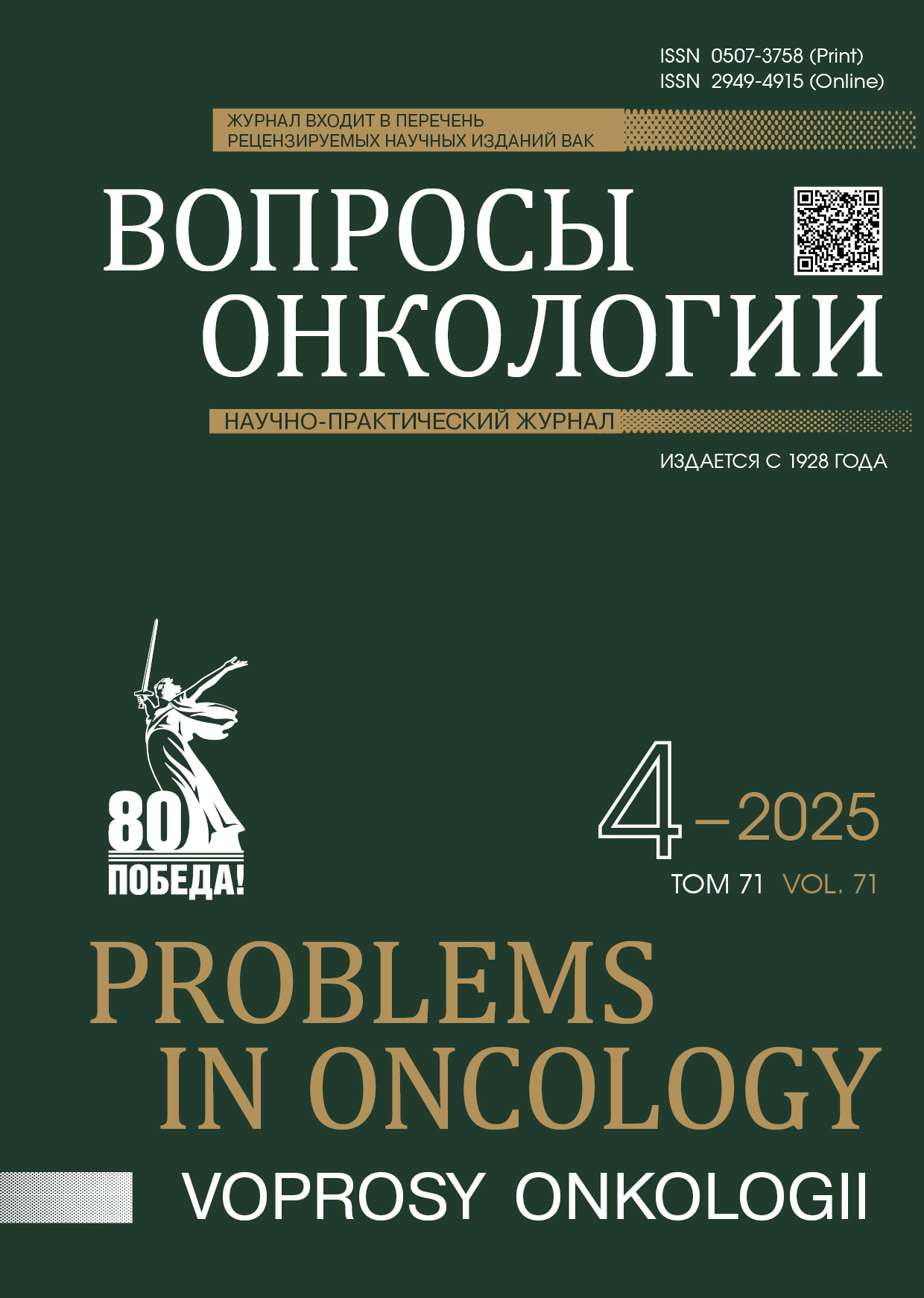Abstract
Introduction. Sarcomas with BCOR genetic alteration represent a relatively recently characterized group of tumors defined by aberrations in the BCOR gene that drive its oncogenic activation. These sarcomas exhibit diverse clinical behavior distinct from Ewing sarcoma (ES), despite sharing certain morphological similarities with ES. While morphological diagnosis proves accurate in the overwhelming majority of cases, confirmation often requires employment of diverse molecular diagnostic methods to detect direct or surrogate diagnostic markers.
Material and Methods. The study cohort comprised 23 patients with molecularly confirmed sarcomas with BCOR genetic alteration, diagnosed using RT-PCR, RNA sequencing, or Nanostring digital RNA barcoding. Clinical data for all patients were analyzed, and overall survival (OS) and event-free survival (EFS) rates were stratified by treatment protocol and assessed with the Kaplan-Meier method.
Results. Among 23 patients, sarcoma with BCOR genetic alteration was the initial morphological diagnosis in 22 cases (96%), while one patient (4%) was diagnosed with undifferentiated small round cell sarcoma (USRCS). Morphological diagnosis was molecularly confirmed in 17/23 cases via RT-PCR. In two cases with borderline RNA quality, confirmation was achieved using Nanostring digital RNA barcoding. The remaining four cases were validated through high-throughput sequencing, revealing rarer aberrations: BCOR ITD (ex15), BCOR::MAML3 (ex15::ex2) and YWHAE::NUTM2B (ex5::ex2). Median age at diagnosis was 10.5 years (range: 0.25–16.4). Localized disease was diagnosed in 17 patients (74%), and distant metastases were found in 6 patients (26%). Treatment protocols used were Euro-Ewing 2008/2012 regimens: 13 patients (57%), and CWS-2009 protocol: 10 patients (43%). Recurrence occurred in 8 patients (35%; 6 local, 2 systemic). 3-year OS was 96.0 ± 0.04% and 3-year EFS was 66.8 ± 0.12%.
Conclusion. Patients with the most frequent BCOR::CCNB3 rearrangement exhibit an indolent disease course, predilection for axial skeletal bones, and male predominance. Comparative analysis revealed no statistically significant difference in EFS between patients treated with Ewing-oriented protocols vs. those receiving soft tissue sarcoma treatment protocols.
References
Kallen M.E., Hornick J.L. The 2020 WHO classification: What’s new in soft tissue tumor pathology? Am J Surg Pathol. 2021; 45(1): 1–23.-DOI: 10.1097/PAS.0000000000001552.
Pierron G., Tirode F., Lucchesi C., et al. A new subtype of bone sarcoma defined by BCOR-CCNB3 gene fusion. Nat Genet. 2012; 44(4): 461–6.-DOI: 10.1038/ng.1107.
Palmerini E., Gambarotti M., Italiano A., et al. A global collaboRAtive study of CIC-rearranged, BCOR: : CCNB3-rearranged and other ultra-rare unclassified undifferentiated small round cell sarcomas (GRACefUl). Eur J Cancer. 2023; 183: 11–23.-DOI: 10.1016/j.ejca.2023.01.003.
Antonescu C.R., Kao Y.C., Xu B., et al. Undifferentiated round cell sarcoma with BCOR internal tandem duplications (ITD) or YWHAE fusions: a clinicopathologic and molecular study. Mod Pathol. 2020; 33(9): 1669–77.-DOI: 10.1038/s41379-020-0557-5.
Kyriazoglou A., Bagos P. Meta-analysis of BCOR rearranged sarcomas: challenging the therapeutic approach. Acta Oncol. 202; 60(6): 721–6.-DOI: 10.1080/0284186X.2021.1890818.
Kao Y.C., Owosho A.A., Sung Y.S., et al. BCOR-CCNB3-fusion positive sarcomas: a clinicopathologic and molecular analysis of 36 cases with comparison to morphologic spectrum and clinical behavior of other round cell sarcomas. Am J Surg Pathol. 2018; 42(5): 604.-DOI: 10.1097/PAS.0000000000000965.
Kao Y.C., Sung Y.S., Argani P., et al. NTRK3 overexpression in undifferentiated sarcomas with YWHAE and BCOR genetic alterations. Mod Pathol. 2020; 33(7): 1341–9.-DOI: 10.1038/s41379-020-0495-2.
Le Loarer F., Baud J., Azmani R., et al. Advances in the classification of round cell sarcomas. Histopathology. 2022; 80(1): 33–53.-DOI: 10.1111/his.14547.
Specht K., Zhang L., Sung Y.S., et al. Novel BCOR-MAML3 and ZC3H7B-BCOR gene fusions in undifferentiated small blue round cell sarcomas. Am J Surg Pathol. 2016; 40 (4): 433.-DOI: 10.1097/PAS.0000000000000591.
Wang L., Bhargava R., Zheng T., et al. Undifferentiated small roud cell sarcomas with rare EWS gene fusions: Identification of a novel EWS-SP3 fusion and of additional cases with the EWS-ETV1 and EWS-FEV fusions. J Mol Diagnostics. 2007; 9(4): 498–509.-DOI: 10.2353/jmoldx.2007.070053.
Peters T.L., Kumar V., Polikepahad S., et al. BCOR-CCNB3 fusions are frequent in undifferentiated sarcomas of male children. Mod Pathol. 2015; 28(4): 575–86.-DOI: 10.1038/modpathol.2014.139.
Wong M.K., Ng C.C.Y., Kuick C.H., et al. Clear cell sarcomas of the kidney are characterised by BCOR gene abnormalities, including exon 15 internal tandem duplications and BCOR-CCNB3 gene fusion. Histopathology. 2018; 72(2): 320–9.-DOI: 10.1111/his.13366.
Bouchoucha Y., Tauziède-Espariat A., Gauthier A., et al. Intra‐ and extra‐cranial BCOR‐ITD tumours are separate entities within the BCOR — rearranged family. J Pathol Clin Res. 2022; 8(3): 217.-DOI: 10.1002/cjp2.255.

This work is licensed under a Creative Commons Attribution-NonCommercial-NoDerivatives 4.0 International License.
© АННМО «Вопросы онкологии», Copyright (c) 2025

